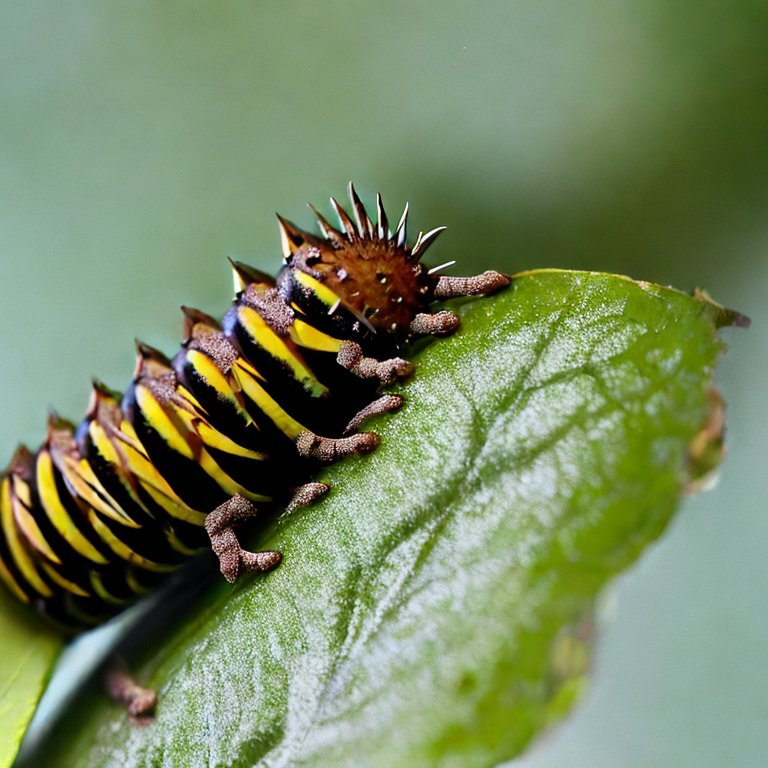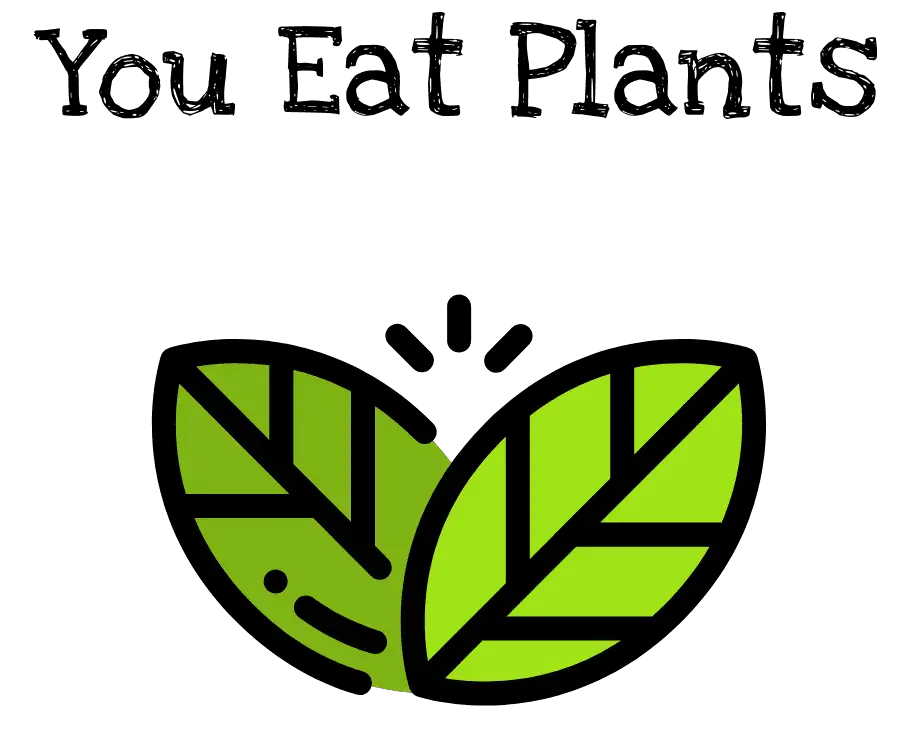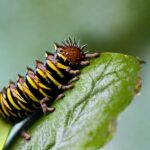
Insects are a diverse group of animals that can be found in nearly every habitat on Earth, but do they eat plants? In this post, we will answer if insects eat plants, which ones do, and how to control them from eating plants.
Contents
Do Insects Eat Plants?
Many species of insects feed on plants, and they play an important role in both natural ecosystems and human agriculture.
One of the most common ways that insects feed on plants is by consuming their leaves. Many species of leaf-eating insects, such as caterpillars and beetles, can cause significant damage to plants by defoliating them. This can weaken or kill the plant, and in the case of agricultural crops, it can lead to significant yield loss. (See Are Caterpillars Herbivores, Omnivores or Carnivores?)
Another way that insects feed on plants is by consuming their sap. Many species of sap-sucking insects, such as aphids and scale insects, feed on the sap that flows through the stems and leaves of plants. This can cause the plants to become stunted or distorted, and it can also lead to a sticky residue called honeydew, which can attract other insects and cause mold growth.
In addition to consuming leaves and sap, some insects also feed on the flowers, fruits, and seeds of plants. For example, the adult stages of some species of fruit flies, such as the Mediterranean fruit fly, feed on the fruits of citrus trees, causing the fruits to rot. Similarly, the larvae of the bean beetle feed on the seeds of beans and other legumes, causing significant damage to these crops.
Not all insects that feed on plants are considered pests. Some insects, such as bees and butterflies, are important pollinators that help to maintain the health of plants and other organisms. Additionally, many insects are important food sources for other animals, such as birds and bats.
(See also Do Insects Eat Grass?)
How to Stop Insects Eating Plants
To control insects that feed on plants, it is important to first identify the specific species that is causing the damage. This can often be done by examining the damage or by observing the insects themselves. Once the species has been identified, appropriate control measures can be taken. This can include using insecticides, such as neem oil or horticultural oil, which can be applied to the foliage of the plant to control the pests.
Another way to control pests is by using natural predators such as ladybugs, lacewings, and parasitic wasps. These insects feed on common plant pests, such as aphids and caterpillars, and can help to keep their populations in check.
In addition to controlling pests, it is also important to maintain the overall health of the plants. This can be done by providing the plants with the proper amount of water, fertilizer, and light, as well as by pruning the plants to remove any dead or damaged branches. This can help to make the plants less attractive to pests and more resistant to damage.
Final Thoughts
In summary, insects can eat plants and cause damage to them. They can consume leaves, sap, flowers, fruits, and seeds. Some insects are considered pests, while others are important pollinators and food sources for other animals. To control the pests, it is important to identify the specific species, use insecticides, natural predators, and maintain the overall health of the plants.
Lance has been passionate about the plant-based diet and we have been following a whole food plant-based diet for over 5 years. We focus on health, natural healing, weight management, animal rights, and the health of the planet and environment by focusing on whole plant-based foods and sustainable practices.
Learn more at the About Me page and follow on social media at the links below.






